By David Alan Johnson
By the mid-1700’s, the American long rifle had acquired an almost supernatural reputation. To the British troops who were unfortunate enough to come up against it in combat during the Revolutionary War, the rifle was more an affliction than a weapon. And the men who used it against them seemed to have a demonic talent for shooting—they never seemed to miss.
Evolution of the American Long Rifle
The ancestor of the weapon used during the war was brought to William Penn’s colony in North America by German and Swiss immigrants. The original rifles were fairly heavy and of very large caliber, ranging from .45- to .60-caliber. As they were taken to other colonies, including the backwoods of Virginia and Kentucky, the old country rifle evolved into something lighter and smaller, between .40- and .45-caliber. This new hybrid was easier to carry in the field and used less powder than its more cumbersome ancestor.
By about 1750, the rifle that had been developed was light and deadly accurate. It was long—between five and six feet in length—but graceful and well-balanced. Because the weapon had been modified over the years in a number of places, it was called by a variety of names: the Kentucky rifle, the Tennessee rifle, and the Pennsylvania rifle. Because it was such a hybrid, changed and modified by many so people in so many different places, it was most accurately called the American long rifle.
Accuracy Over Volume of Fire
In the frontier territory of Kentucky or Pennsylvania, a rifle was vitally important for survival, and every man became proficient in shooting at an early age. Rifles were used by settlers to supply meat for the table, as well as to defend themselves against Indians and robbers. Boys were taught how to load and aim a rifle as soon as they were old enough to carry one. An entire population of American backwoodsmen grew up with rifles, and marksmanship had become second nature to them. They also used their weapons for entertainment—there were frequent turkey shoots, beef shoots, and target matches. A few American “specialists” were employed by British units during the French and Indian War, and made quite an impression. These men were used to living and fighting in the wilderness, and the accuracy of their firearms left British soldiers goggle-eyed.
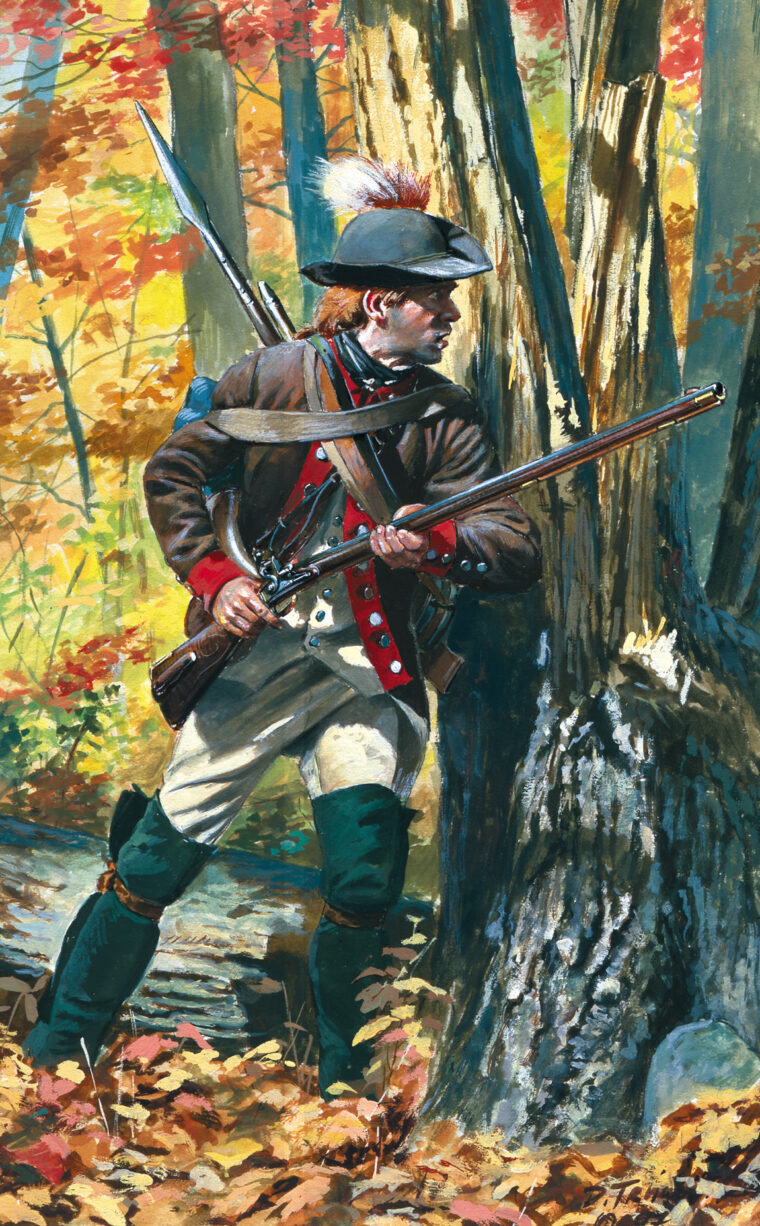
The basic infantry weapon of the 18th century, in Europe as well as the militia groups of the 13 American colonies, was the smoothbore musket. For the warfare of the day, it was considered an excellent weapon. The musket was not very accurate, even at short ranges, but it did not have to be. Infantry tactics of that time called for a fast-loading weapon that could produce a volume of fire, and the musket provided exactly this—volume without much accuracy. The line of battle was the basic infantry formation of the 1700s, two or three rows of men standing side by side, with one row behind the other. Infantrymen stood shoulder-to-shoulder and fired volleys at the enemy lines. Individual soldiers did not aim at specific targets. The idea was for each line of infantry to spray as many musket balls at the enemy as possible, hoping that enough of them would hit the advancing enemy line and stop it.
In the hands of a trained infantryman, the Brown Bess musket, which was the standard British infantry weapon of the mid-18th century, could be fired and reloaded about four times per minute. A regiment of infantry, consisting of as many as 500 men might fire all together, in one large volley at a range of 100 yards. More common would have been volleys fired by platoons, 20 or more men firing together, with the platoons firing rapidly in sequence, one after the other. This would create a running volley fire with no lull in the firing. This firing by platoons would go on until the enemy either retreated or closed in hand-to-hand fighting. If the enemy had not been stopped by the sheer volume of musket fire, the next step was the bayonet.
For the riflemen, however, accuracy was their primary goal, if not their obsession. In the wilderness, a man had to make his first shot count—he might not get a second one. A frontier rifleman not only had an entirely different weapon than the ordinary infantryman, but a completely different way of thinking, as well. He could not afford to depend upon massed volleys to make up for his weapon’s deficiencies, or his own. The rifle took longer to load than the smoothbore musket, but the man who fired it knew that he was going to hit what he was aiming at.
General Howe Meets the American Long Rifle
As a weapon of war, the rifle had been used only by special units in Continental armies— the sharpshooters from Brunswick and other German states were called Jaegers (literally, hunters). But during the Revolutionary War, the Continental Congress authorized the formation of ten rifle companies. On June 16, 1775, the day before it appointed George Washington as commander-in-chief of the Continental army, Congress approved the new companies, with Colonel Daniel Morgan’s rifle corps being the first. “These are said to be all expert riflemen,” wrote John Adams, “and by means of the excellence of their firelocks, as well as their skill in the use of them, to send sure destruction at great distances.”
Morgan left Winchester, Va., on July 14 with 96 riflemen in his company. Three weeks and 600 miles later, he and his men walked into Cambridge, Mass., to join Washington’s army. They were soon put to work. The British army of General Sir William Howe occupied Boston and maintained a series of outposts around the city. Being garrison troops in Boston had been fairly safe duty up to that point—the British soldiers were beyond musket range. But Morgan’s sharpshooters and their long rifles began picking off anyone in a red uniform within 200 yards. Daily casualty reports from units in Howe’s army listed artillerymen, pickets, and especially officers, with their distinctive gold braid and epaulettes, as killed or wounded by a single sniper’s bullet.
This was the first time Howe’s troops had ever come across such a weapon, and nobody knew what to make of it. The Americans were accused, among other things, of bad sportsmanship, and Howe decided to start shooting back in retaliation. British cannons and muskets threw thousands of rounds in the direction of the enemy, but none of the shooting had much effect. Everybody carried on with their lives without paying much attention to the firing from the British camp. But the British reaction to the American rifle fire was something else again. “The redcoats are so amazingly terrified by our riflemen,” said one major, “that they will not stir beyond their lines.” The rifle fire was having a psychological effect—snipers had effectively lowered the morale of the British garrison, making the soldiers afraid to go anywhere near the enemy’s lines.

Why the Long Rifle Made Such an Excellent Marksman’s Weapon
This was the beginning of the myth of the American marksman. Put a rifle in the hands of any American, it was said, and he instantly became an expert shot. Actually, nothing could have been farther from the truth. The average American soldier during the War of Independence fired a smoothbore musket, the same as the British soldiers, which had a lateral error of about three feet at a range of 100 yards. It had a maximum effective range of 80 to 100 yards, and 100 yards was pushing its limitations. “As to firing at a man at 200 yards with a common musket,” remarked a British officer, “you might just as well fire at the moon and have the same hopes of hitting your object.” The average American armed with such a musket was probably no better than his British counterpart. His weapon was certainly no better.
The common soldier would not have known what to do with a long rifle. Morgan’s sharpshooters were experts with their weapons because rifle marksmanship was a part of their way of life. Handling a rifle was a lot different than loading and firing a smoothbore musket. Just loading the rifle was more complicated and required a lot more time and effort. Preparing a musket for firing was a relatively simple procedure. A musket ball was dropped down the barrel after the powder charge had been poured in. It rattled loosely down the barrel, just as it rattled loosely out of the barrel when the musket was fired—the main reason for the smoothbore musket’s legendary inaccuracy.
Preparing a long rifle for firing was not nearly as simple. Rifle bullets were wrapped in a small patch of buckskin, leather, or cloth before they were rammed down the barrel. This enlarged the diameter of the bullet, so that it engaged the grooves inside the barrel before it left the muzzle. When the rifle was fired, the patch allowed the grooves to put a spin on the bullet. This gyroscope-like spinning made the rifle much more accurate than its smoothbore cousin, especially at long range. The long rifle was equipped with an open rear sight and a blade front sight. A rifleman had to be trained in sighting and firing—how to line up the front and rear sights properly, how to squeeze the trigger, how to “hold over” to compensate for wind (known as “Kentucky windage,” even in England), along with other fine points of marksmanship. By contrast, a musket had no rear sight at all, just a bead front sight that doubled as a lug for the bayonet. No training in how to obtain a true sight picture was possible. Infantrymen were trained simply to put their front sight on the enemy line and pull the trigger—no finer points were needed.
In the hands of an expert marksman, the rifle was a fine instrument and it was used with deadly accuracy. After harassing the British garrison at Boston, Morgan’s rifle corps made its presence known at Quebec, taking a devastating toll on enemy sentries and officers inside the Old Town. At the Battles of Saratoga in 1777 and Cowpens in 1780, rifle fire was largely responsible for American troops winning these pivotal engagements. There was even one battle—King’s Mountain—that the long rifle was said to have won all by itself.
Complicated and Specialized
If the long rifle was such a fearsome weapon, why did it did not replace the smoothbore musket as the standard weapon of the time? There were several reasons. First, there was the matter of skill needed to load and fire a rifle—the long rifle was too sophisticated or too complicated for the common soldier of the 1700s. Also, too much time was required to load a rifle—a rifleman was lucky if he could reload and fire twice in a minute, while the musket could be fired and reloaded four times during this same interval.
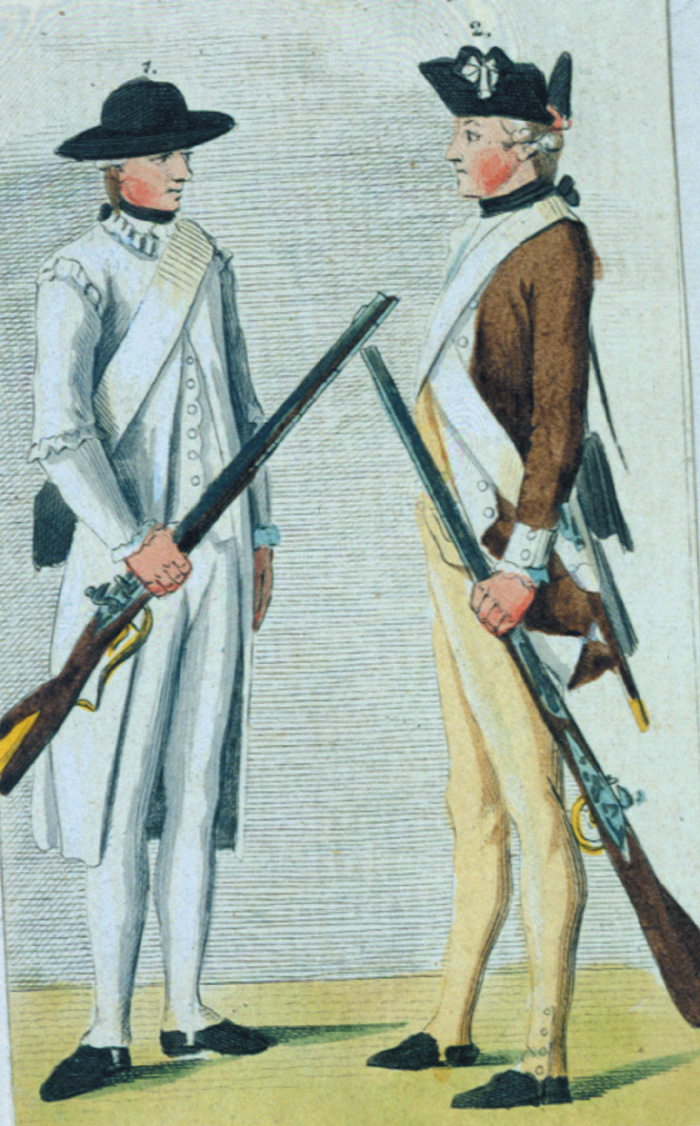
Another of the rifle’s most serious shortcoming was that it was not fitted for a bayonet. American veterans of Bunker Hill recalled the frustration—not to mention the butchery—of trying to fight a bayonet with nothing but a rifle or musket barrel. After firing his single shot, a rifleman was in serious danger if he was charged by soldiers armed with bayonets. At Freeman’s Farm in September 1777, Morgan’s riflemen shot down nearly every British officer, along with a good many non-coms and privates, but when they followed the retreating British across a clearing, the rifle corps collided with General John Burgoyne’s main body of troops. Morgan’s men were forced to break contact and run into the woods. In the face of an enemy bayonet charge, that was the only thing they could have done.
The most serious problem was the simple fact that rifles were more complicated, and therefore more costly to manufacture. With thousands of muskets in armories in the colonies, as well as throughout Europe, the cost to manufacture enough rifles to outfit an army was prhibitive, even for European governments.
The Rifle Becomes Military Standard
In spite of its legendary accuracy, the long rifle lacked too many features that were essential for a standard infantry weapon. Speed in loading combined with accuracy would come, but with a different weapon and in the warfare of another century. In the early 1800s, armorers in Europe and in the United States began looking for a better weapon than the smoothbore musket, a weapon that was just as easy to load but was more accurate. The long rifle was too specialized—it was devastating in the hands of a veteran sharpshooter, but too refined for the ordinary soldier. This new weapon would need a bullet small enough to be dropped down the barrel, which would facilitate quick loading and also be able to engage the rifling inside the barrel.
An expanding bullet was the answer to the problem. Instead of a solid lead ball, a cone-shaped bullet with a hollow core would be used. When the weapon was fired, the explosion of the powder charge would cause the bullet to expand into the rifling grooves. The loose-fitting bullet could be loaded just as easily as a solid ball, but would come out of the barrel with the tightness of a rifle ball. The first successful expanding bullet was developed by a French army officer, Claude Étienne Minié, who had seen service with a rifle regiment in Algeria. His experimental cone-shaped bullet was further developed in England. Both variants featured plugs, small cup-shaped inserts that helped the bullets to expand uniformly after the powder charge ignited. An American, James Henry Burton, developed his own version at the Harpers Ferry arsenal. Burton’s expanding bullet did not need a plug of any kind, and worked so efficiently that it was officially adopted by the United States. Even though it was actually Burton’s invention, the bullet was named for its originator, Captain Minié—Americans called it a “minie ball.”
With the introduction of this new expanding bullet, rifles could be loaded as quickly and easily as a musket and still give a degree of accuracy that the musket never could. The days of the smoothbore musket were over. The weapon designed to use the new minie ball was called the rifled musket. It combined a musket’s speed of loading with a rifle’s accuracy. The Royal Arms Factory in Enfield, England, began producing a .577-caliber rifled musket in 1852. As chief engineer, the Enfield works hired James Henry Burton, the man who had perfected the expanding bullet.
The Enfield rifled musket, loaded with a minie ball round, represented the high point of muzzle-loading weapons. It allowed an ordinary infantryman to hit his target at ranges up to 200 yards. At a distance of 1,000 yards, the minie ball could still penetrate four inches of soft pine. Every soldier could expect above-average accuracy with his weapon, and was still able to fire three rounds per minute. During the American Civil War, the Enfield was adopted by both Union and Confederate forces. Because of its ease of operation and its accuracy, it was the most common weapon in use during the war. Its efficiency was one of the main reasons that more than 600,000 men were killed or wounded during the four-year-long conflict.
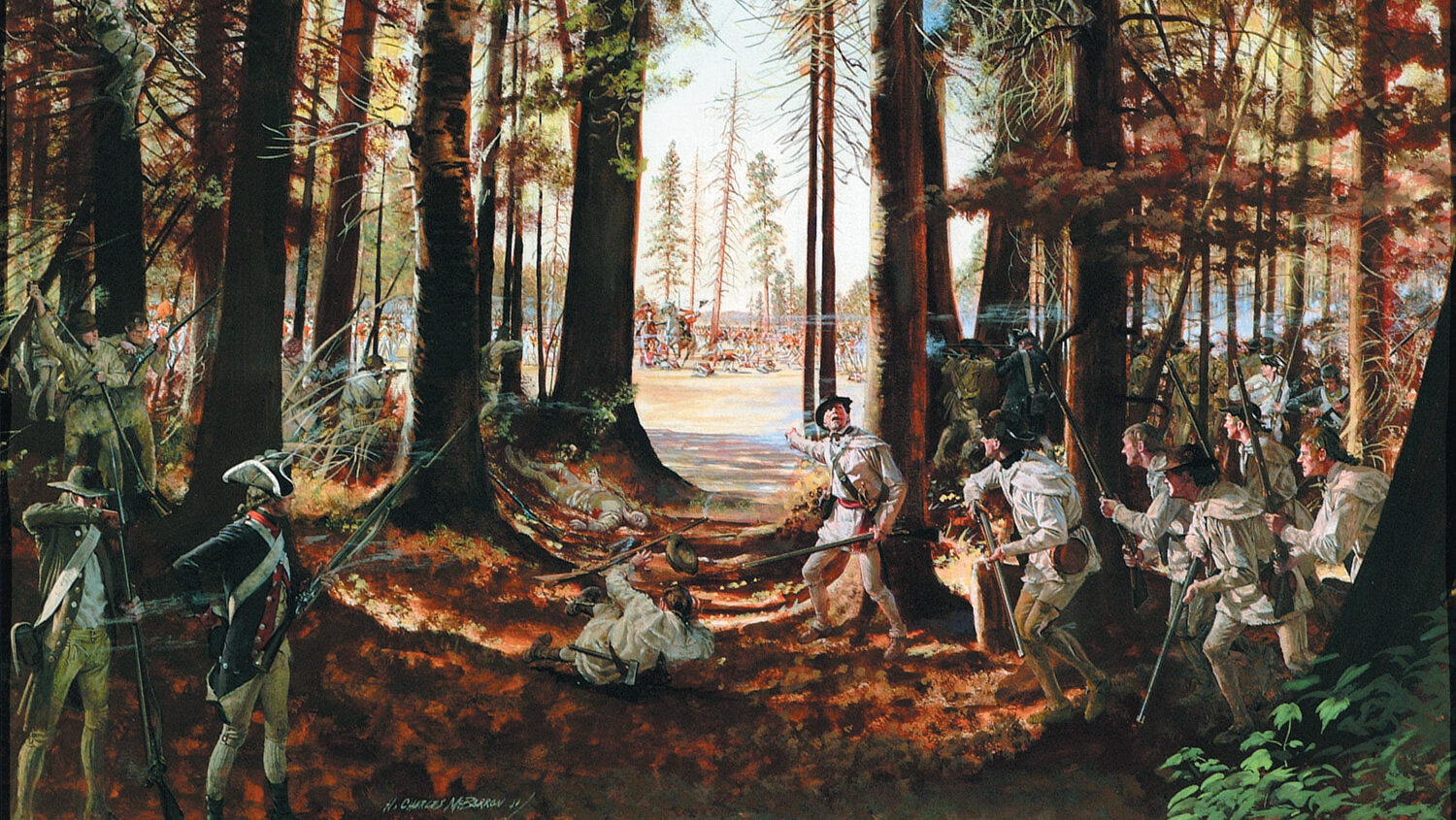


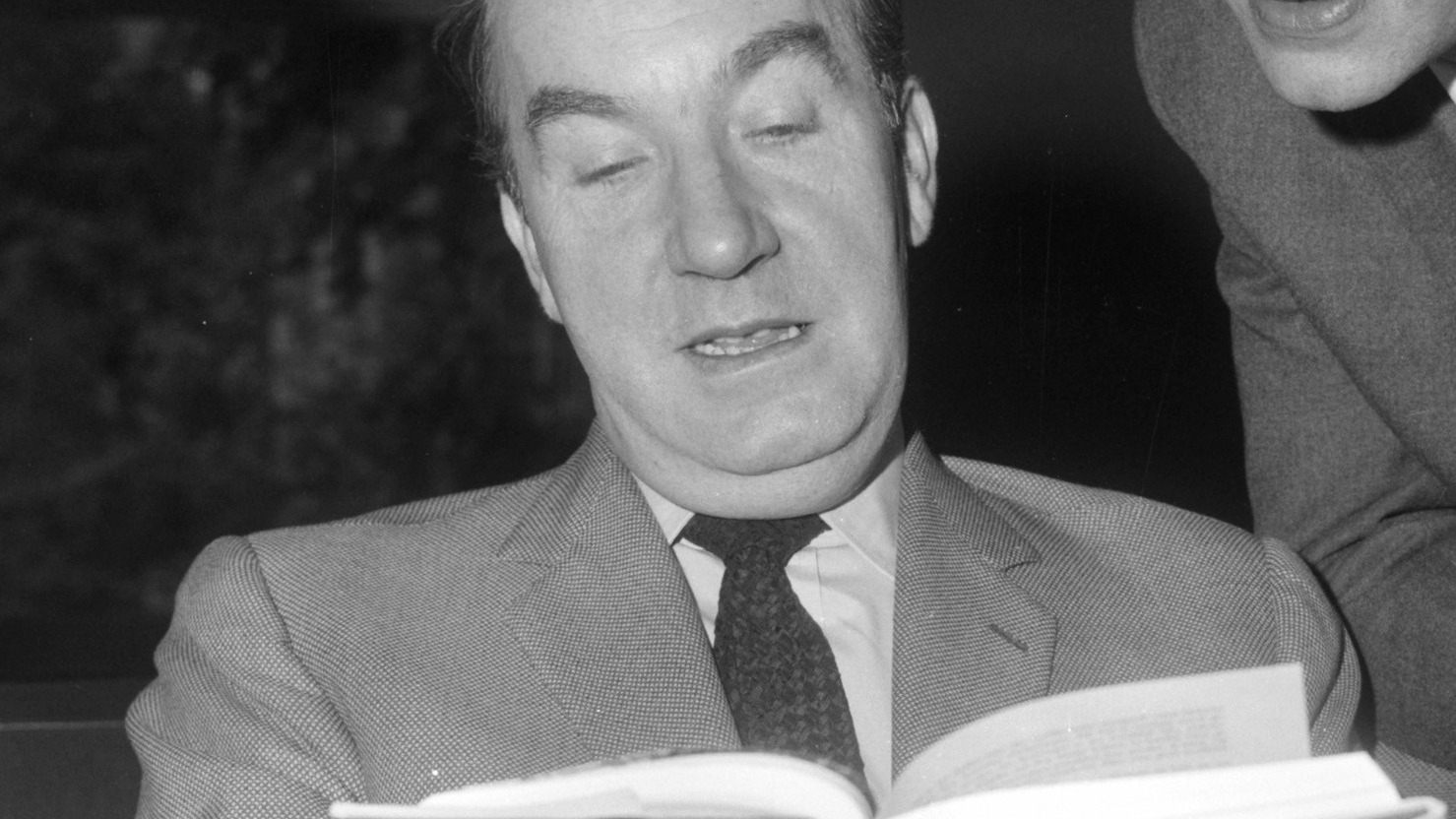
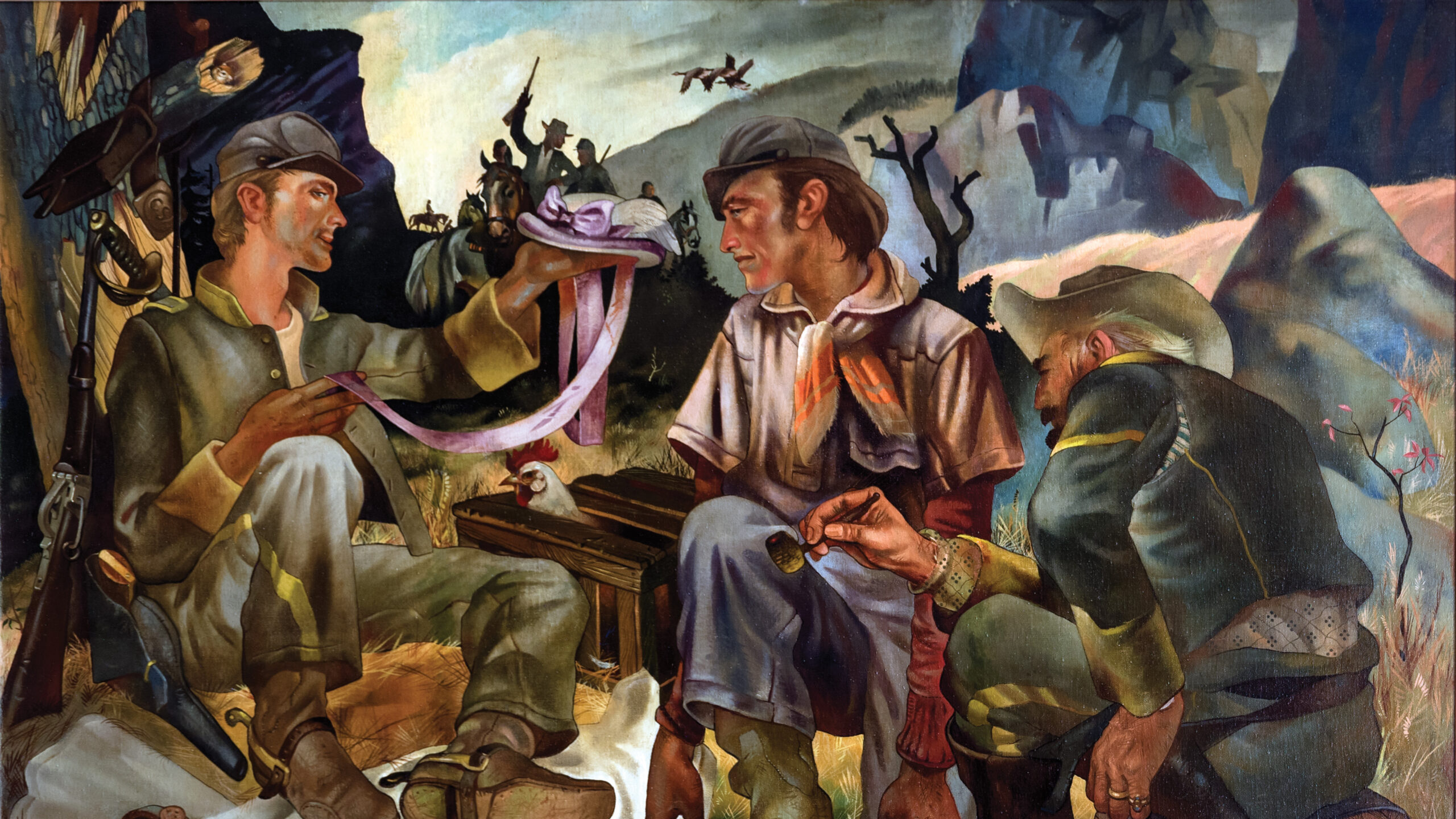
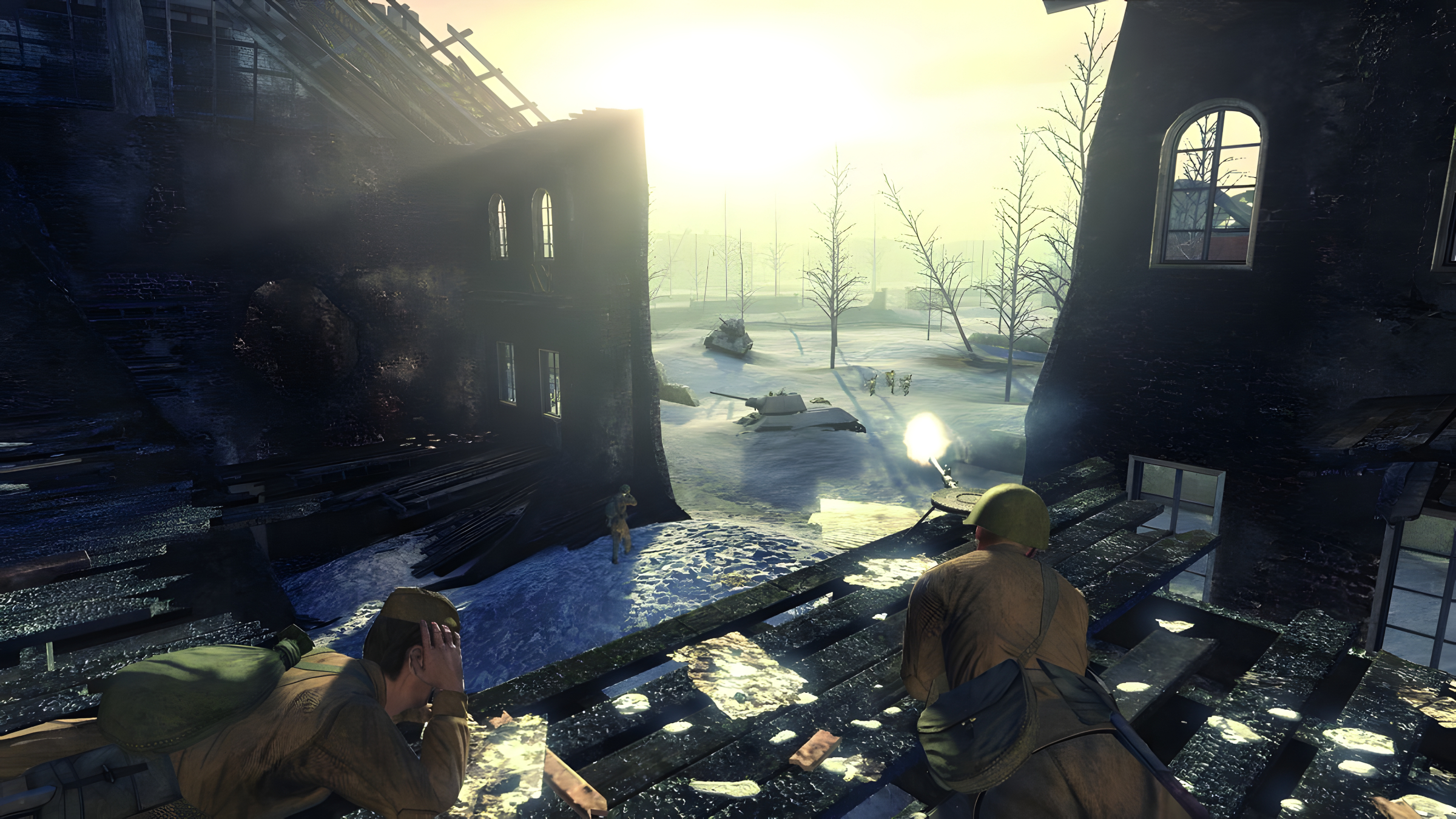
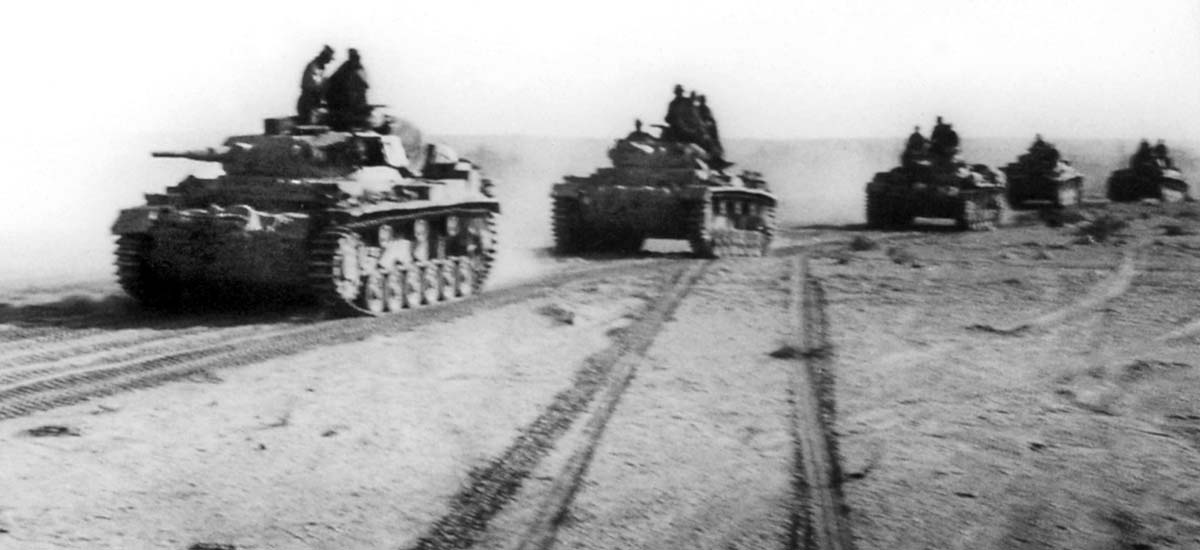
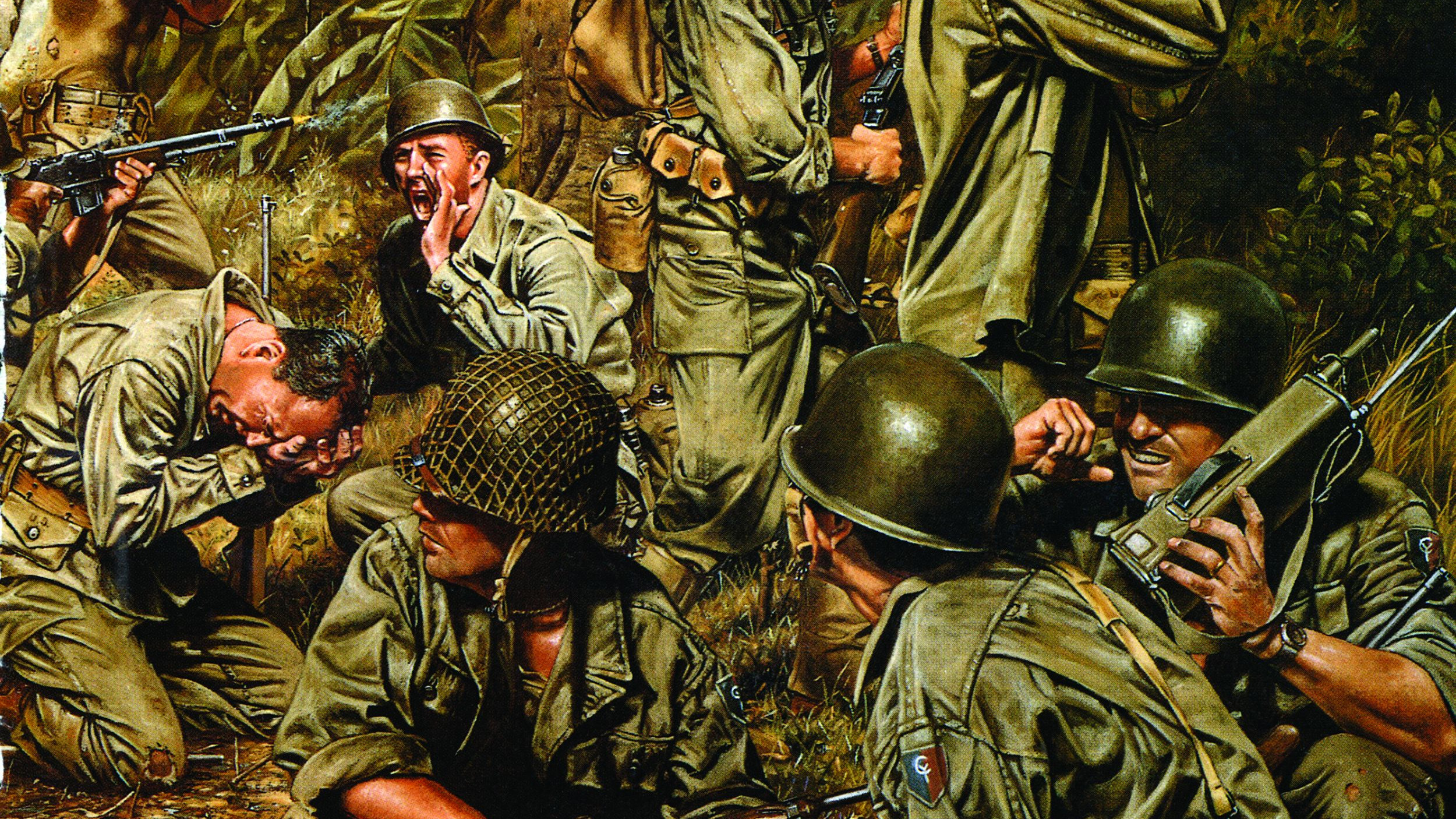
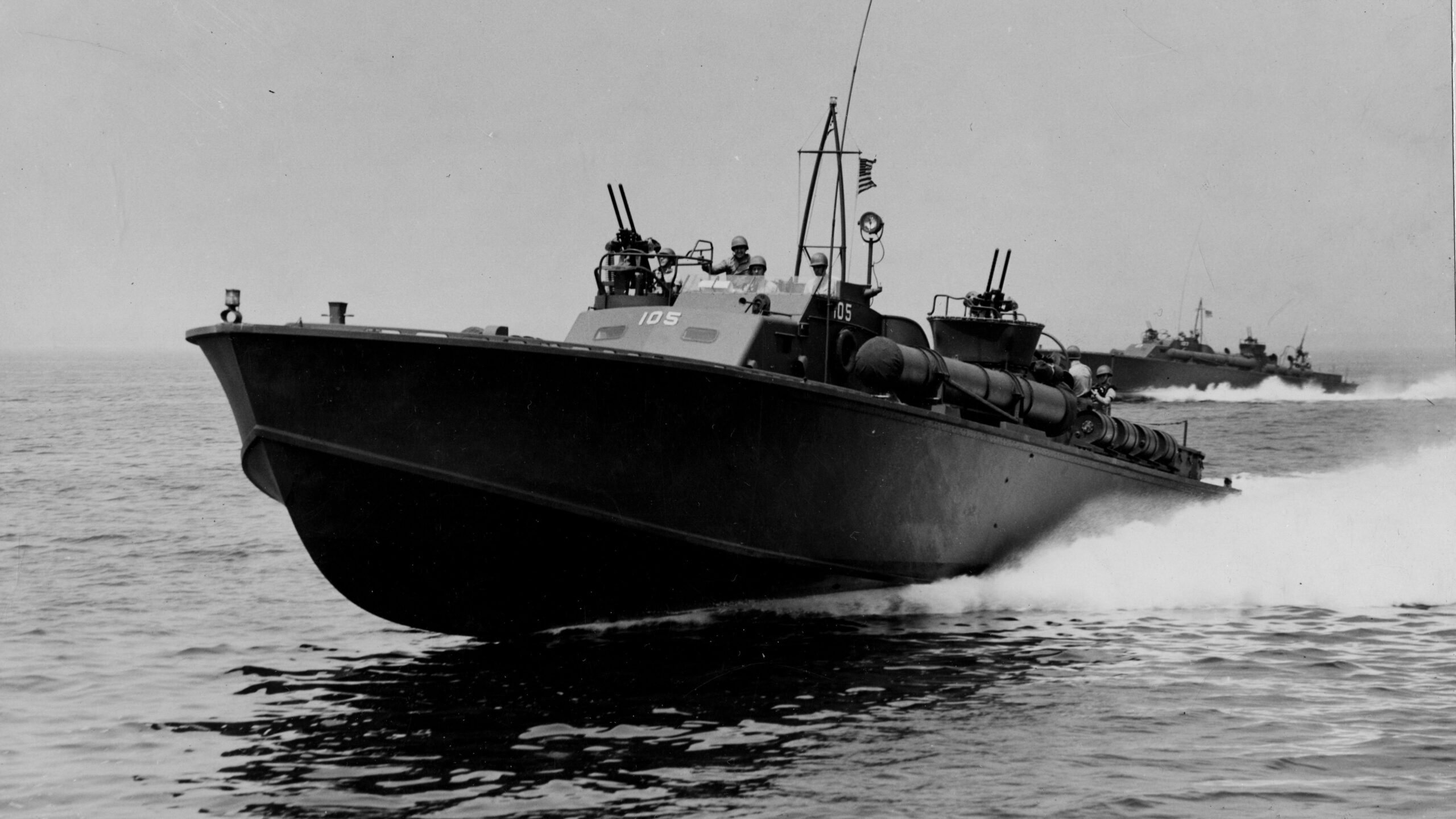
Join The Conversation
Comments
View All Comments